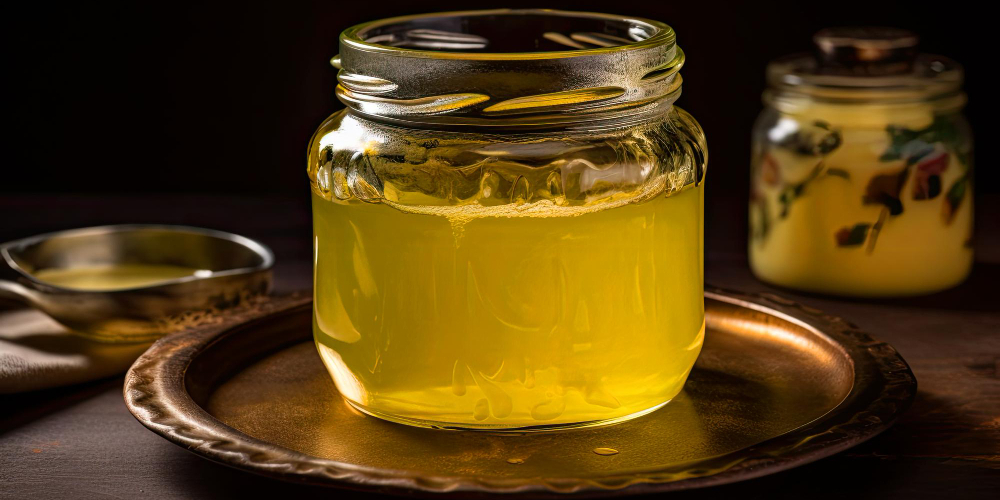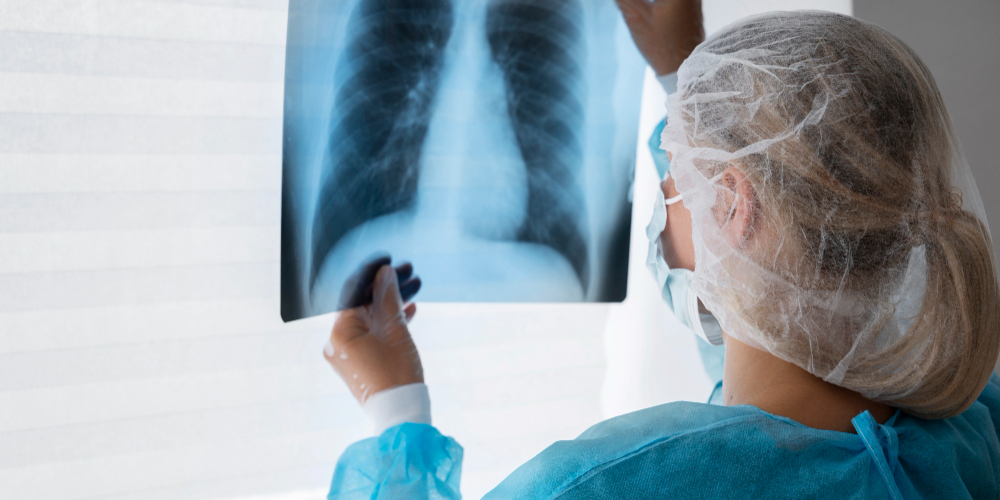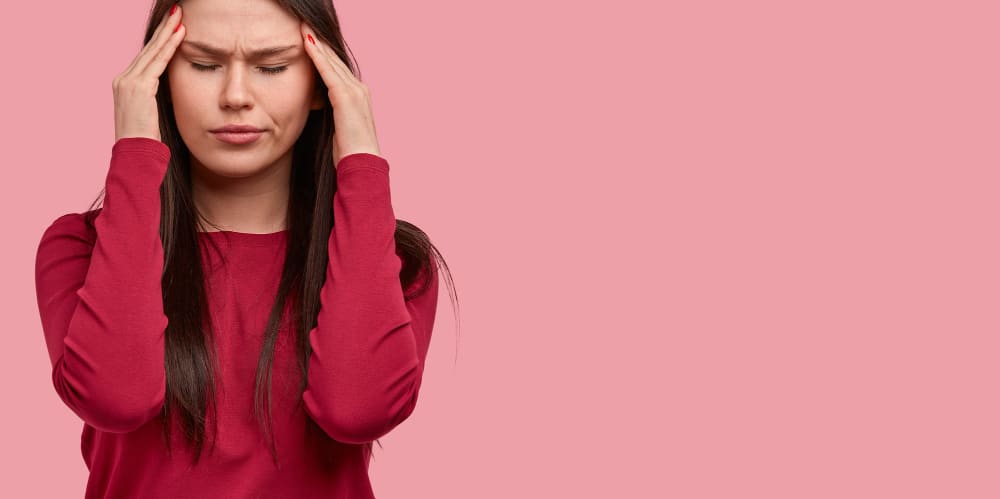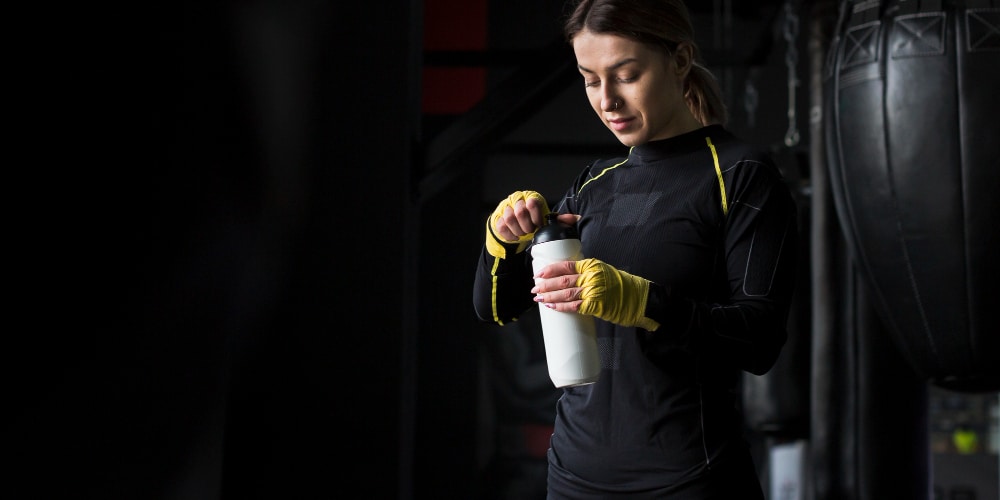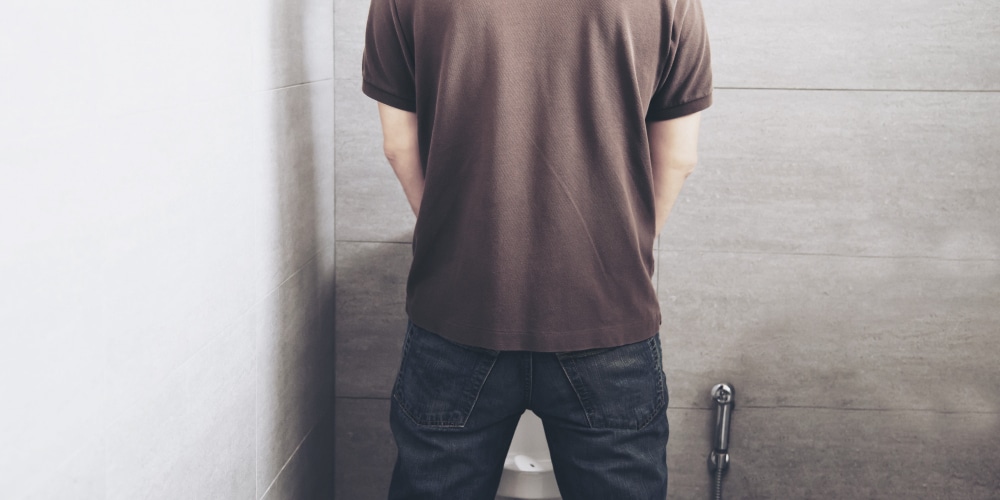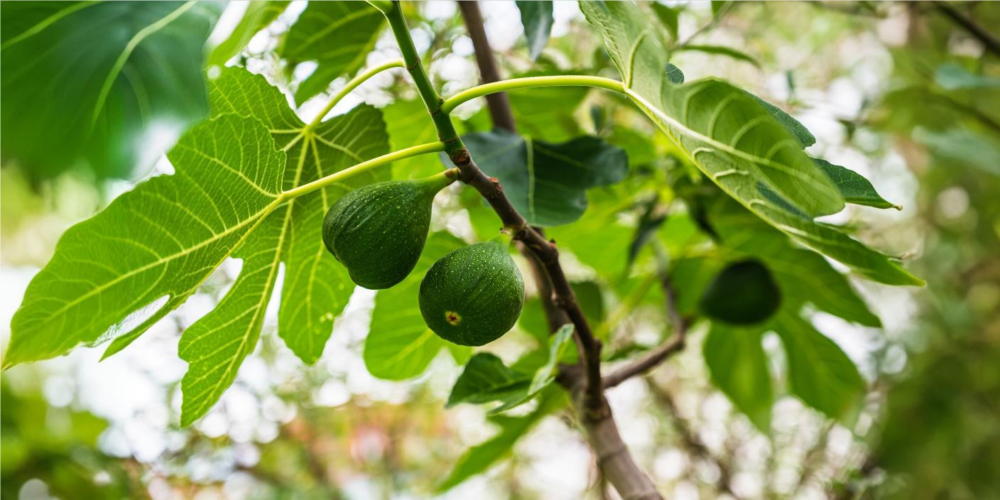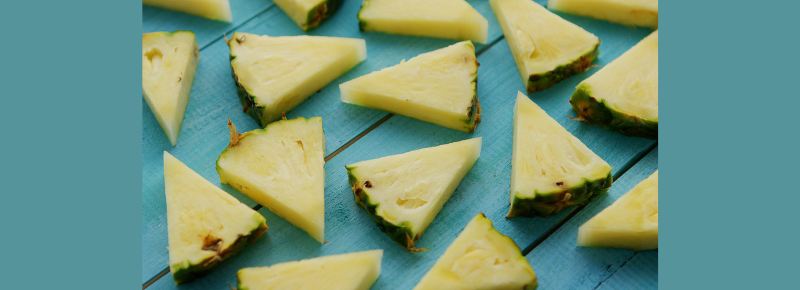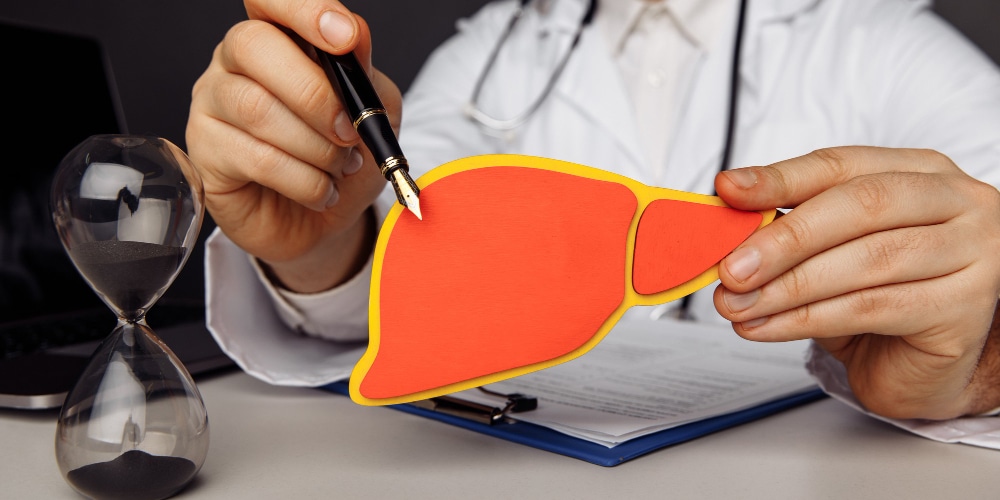Fact-check: Gel manicures and the risk of skin cancer
Author
Author
- admin / 1 year

- 0
- 3 min read
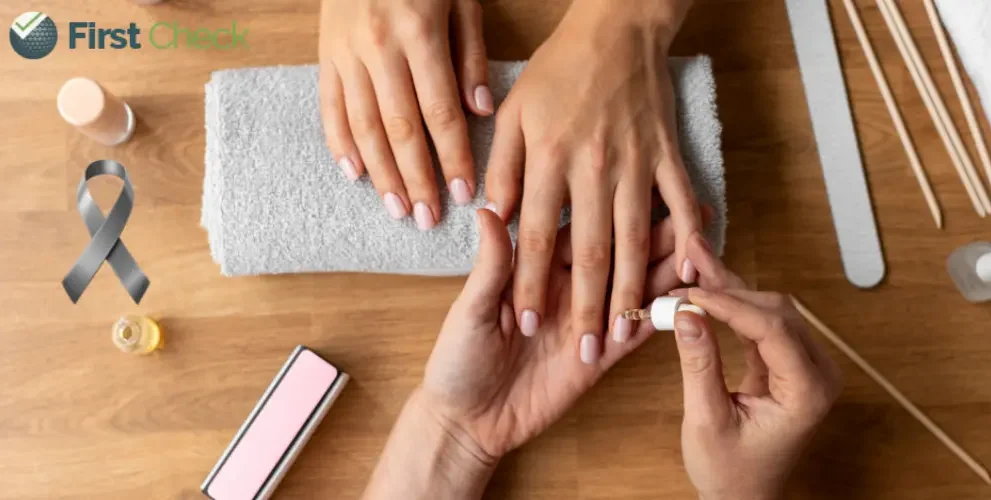
Author
While research suggests that radiation emitted by UV-nail polish dryers can damage DNA, there are no conclusive findings yet about it causing skin cancer in humans.
For those who want their nail polish to last for weeks, gel manicures are the popular choice. Gel polish is typically “cured” by ultraviolet (UV) light, which helps the formula dry quickly and harden into a durable layer that doesn’t chip as easily as traditional polish. “But does exposure to the UV light increase the risk of skin cancer?” asked a First Check reader.
First Check looked for available research on the subject and we found a 2023 study suggesting that radiation emitted by UV-nail polish dryers can damage DNA. Dr Saurabh Bhatia, a dermatologist at Felix Hospital in Noida, India, acknowledges that UV exposure is a significant risk factor for skin cancers. However, he adds, no studies have directly linked UV nail lamps to skin cancer in humans.
“The (above-mentioned) study shows that UV exposure does affect human cells and cause mutations, but it was not done in vivo (on human beings). We need further studies to know at what dose and frequency the exposure to gel manicure lamps would be detrimental,” explains the dermatologist.
It is demonstrated that UV exposure from both sunlight and tanning beds increases the risk of skin cancer, including melanoma and carcinomas. Therefore, there’s a theoretical possibility that UV nail lamps could pose similar risks, even if they are minimal.
It’s prudent to adopt protective measures to reduce potential harm. Dr Saurabh recommends the following measures:
- Applying broad-spectrum SPF 30+ sunscreen to the hands before UV exposure provides a first line of defence against the radiation.
- UV-protective gloves with exposed fingertips offer substantial coverage while allowing nail treatment. These specialised gloves typically block 99 per cent of UV radiation to covered areas.
- Limiting gel manicure frequency can significantly decrease cumulative UV exposure over time. Also, opting for rapid-curing gel formulations can minimise time under UV lamps.
- Non-UV cured products can be interspersed with gel applications to reduce overall exposure.
- Some salons now utilise LED lamps, which may emit lower levels of UV radiation as compared to traditional UV lamps. However, further research is needed to quantify the difference.
For those with increased photosensitivity or a family history of skin cancer, it’s best to consult with a dermatologist for personalised advice.
To fact-check health claims, write to us at hello@firstcheck.in or WhatsApp on +91 9311 223145. You can also connect with us on First Check WhatsApp channel.
Read More : Fact-check: Almond skins do not cause cancer
